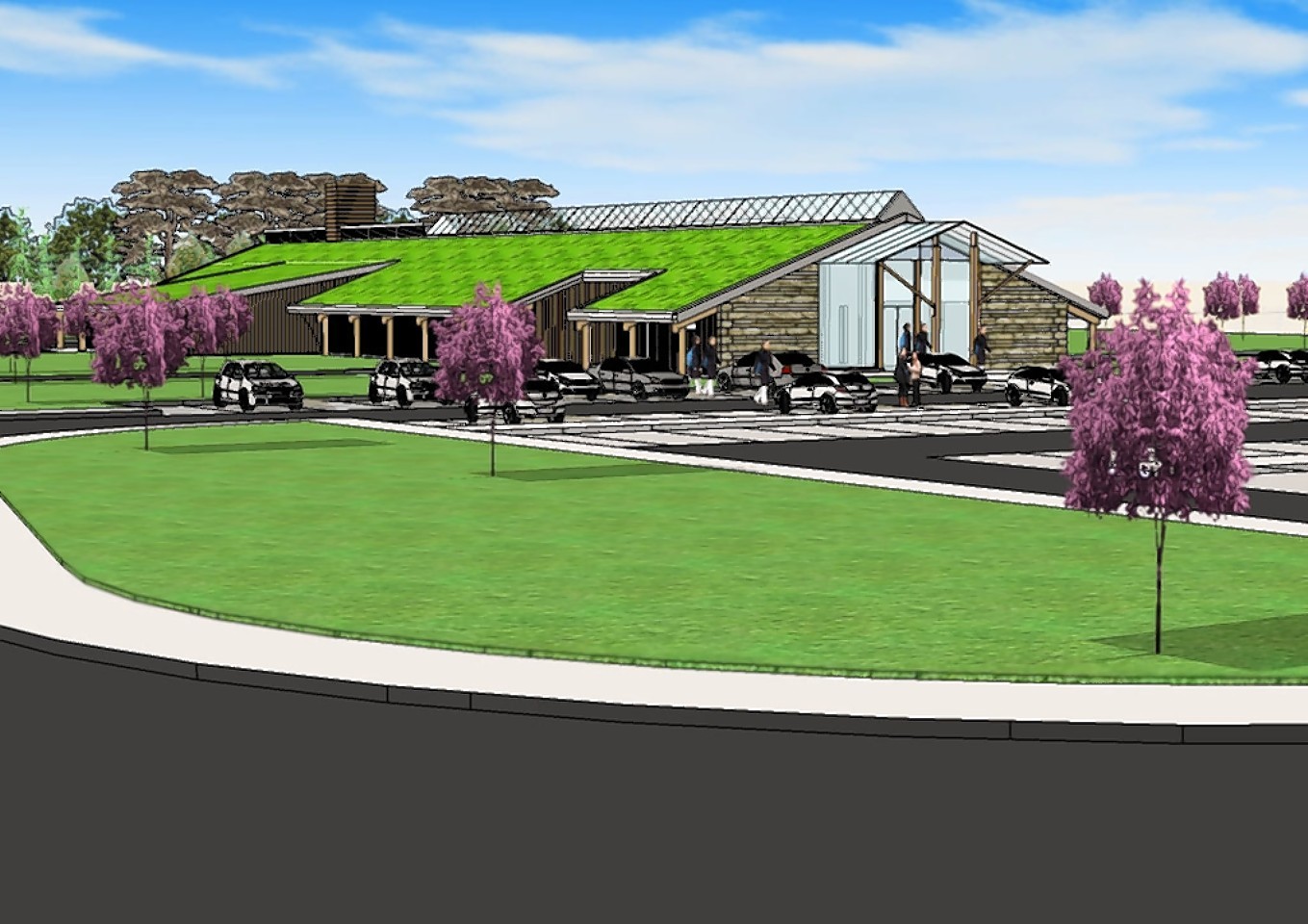Developers have mounted an eleventh hour bid to rescue plans for what could become Aberdeenshire’s first crematorium.
The proposed £3million development at Crimond was approved by councillors in May, 2011.
However, planning permission is due to expire in a matter of weeks, as the business consortium behind the proposal has failed as yet to submit fresh plans before a three-year deadline.
Now project leaders, led by Edinburgh-based architect David Gauld, have applied to Aberdeenshire Council for extra time to progress the plans.
The scheme was delayed when revisions were made to the layout of the site.
A decision is likely to made by local authority officers in the coming weeks.
When the Crimond plan was unveiled in 2009, it triggered a race to build the north-east’s first crematorium, which would help reduce pressure on existing facilities at Aberdeen, Buckie and Arbroath.
Developers said a lack of facilities in Aberdeenshire prompts 70% of families to opt for burial rather than cremation, in contrast to the UK average of 70% choosing cremation over burial.
Although the Crimond project was the first off the mark, it has now been overtaken by two other rival schemes.
Peterhead funeral director Robert Mackie submitted plans for a multimillion-pound centre at West Knock Farm, near Mintlaw, three years ago. The scheme was granted planning consent in August, 2013.
Weeks later, councillors approved plans for a similar project at Crathes, in Deeside.
Mr Gauld could not be reached for comment yesterday.
The Crimond scheme, proposed for land at the village’s former airfield at Hillhead Road, would house two cremators, a chapel with capacity for 300 people, a garden of remembrance and a 180-space car park.
About 20 jobs would be created during the construction phase, with five full-time staff employed to run the centre.
The scheme originally faced a backlash from locals who argued that the building would have a negative impact on the outlook from their homes.
But planners said that extensive landscaping would ensure there was no unacceptable loss of view.
It was also argued that the rise in traffic going to and from the site would be unacceptable.
However, roads officers said that the local network would be able to cope with the increased demand.
